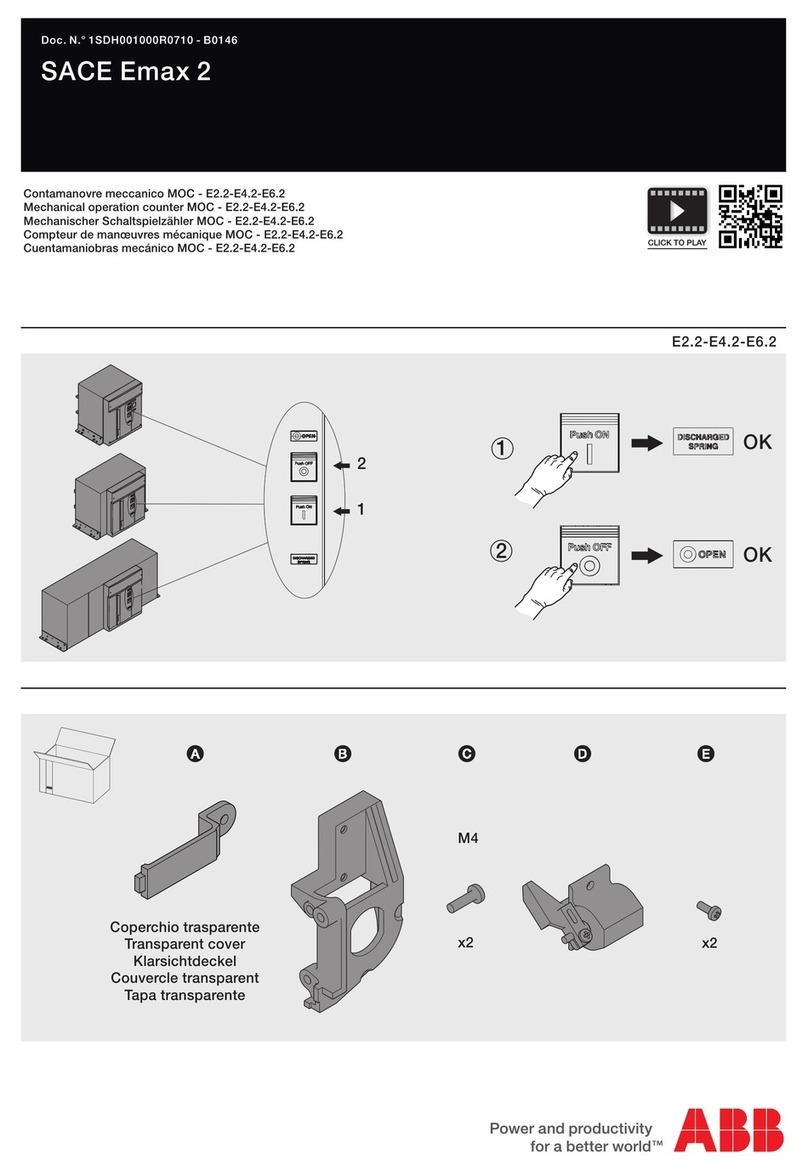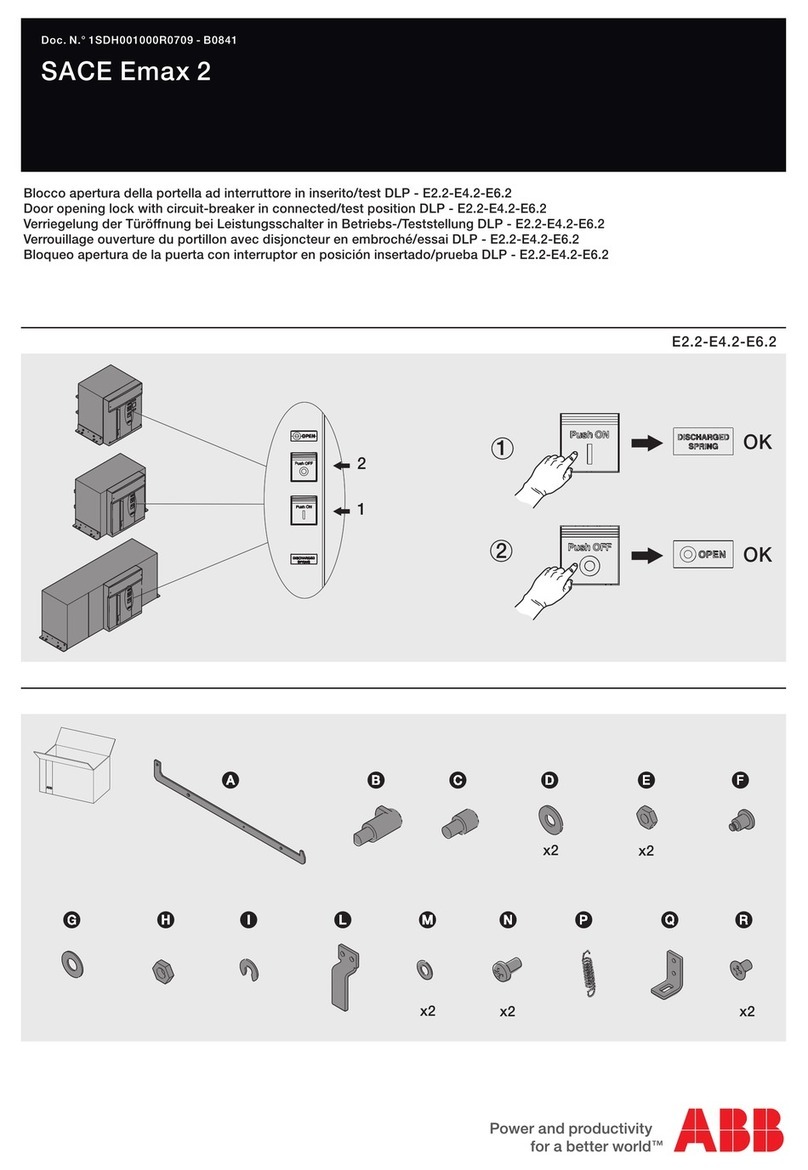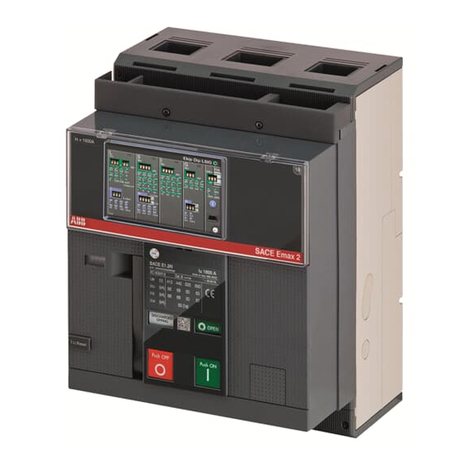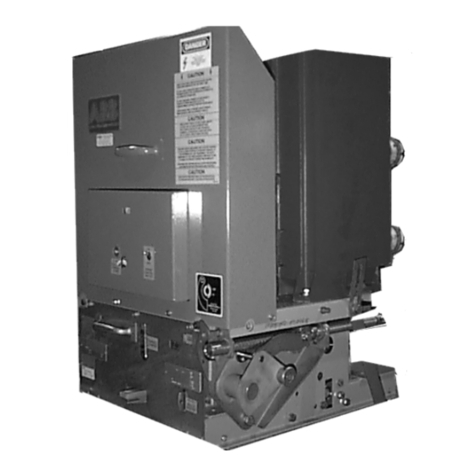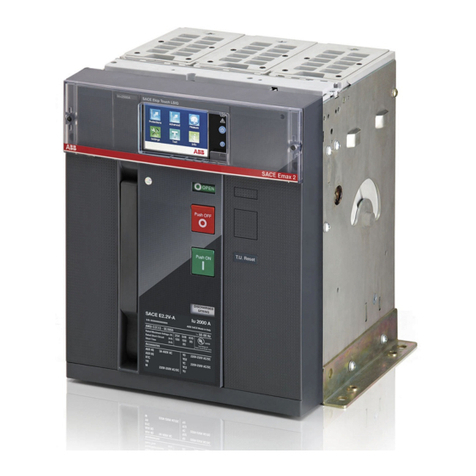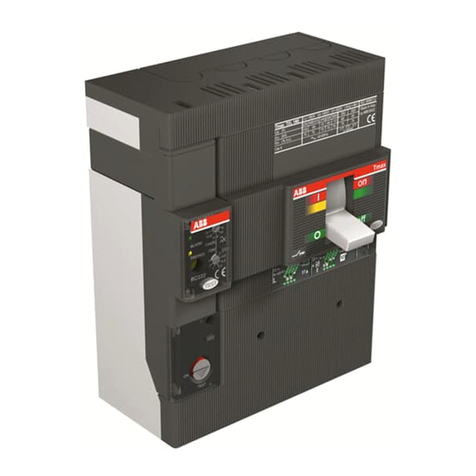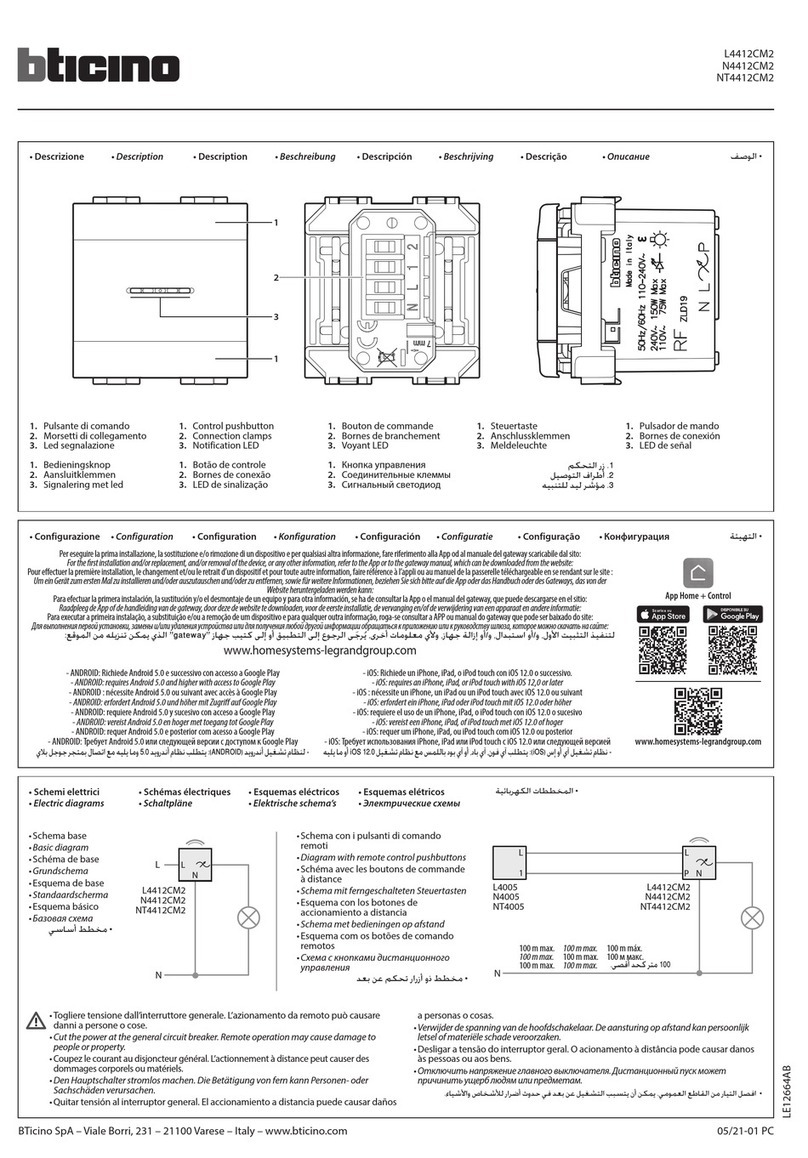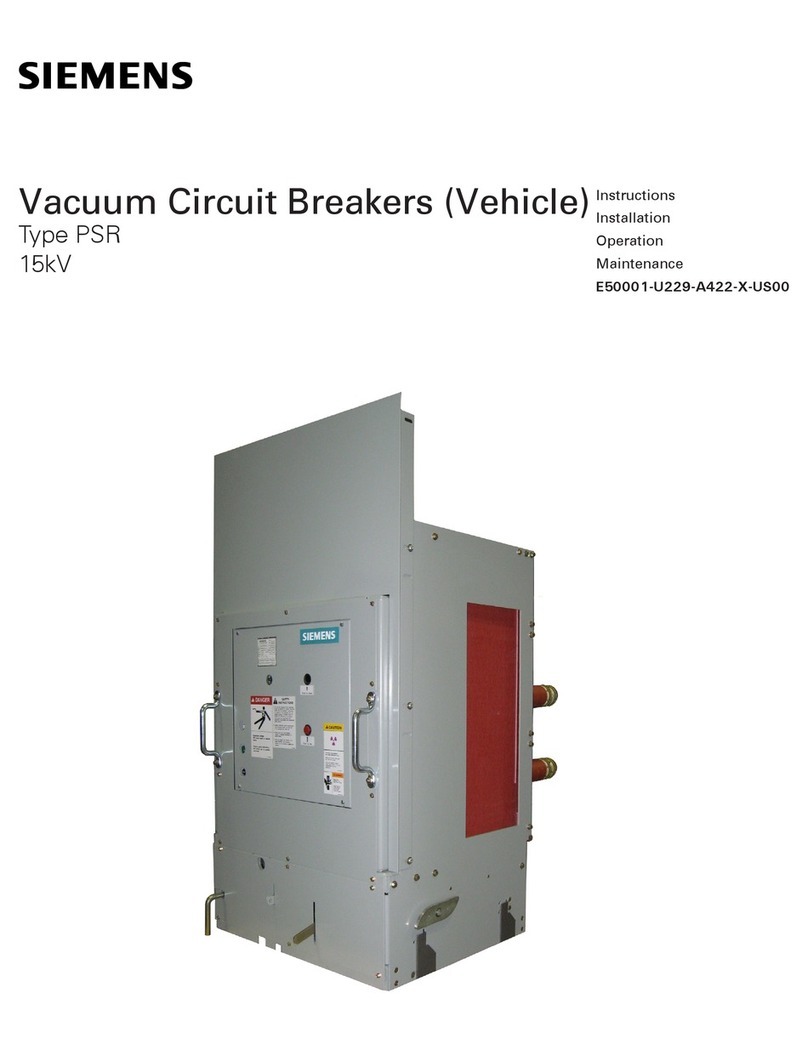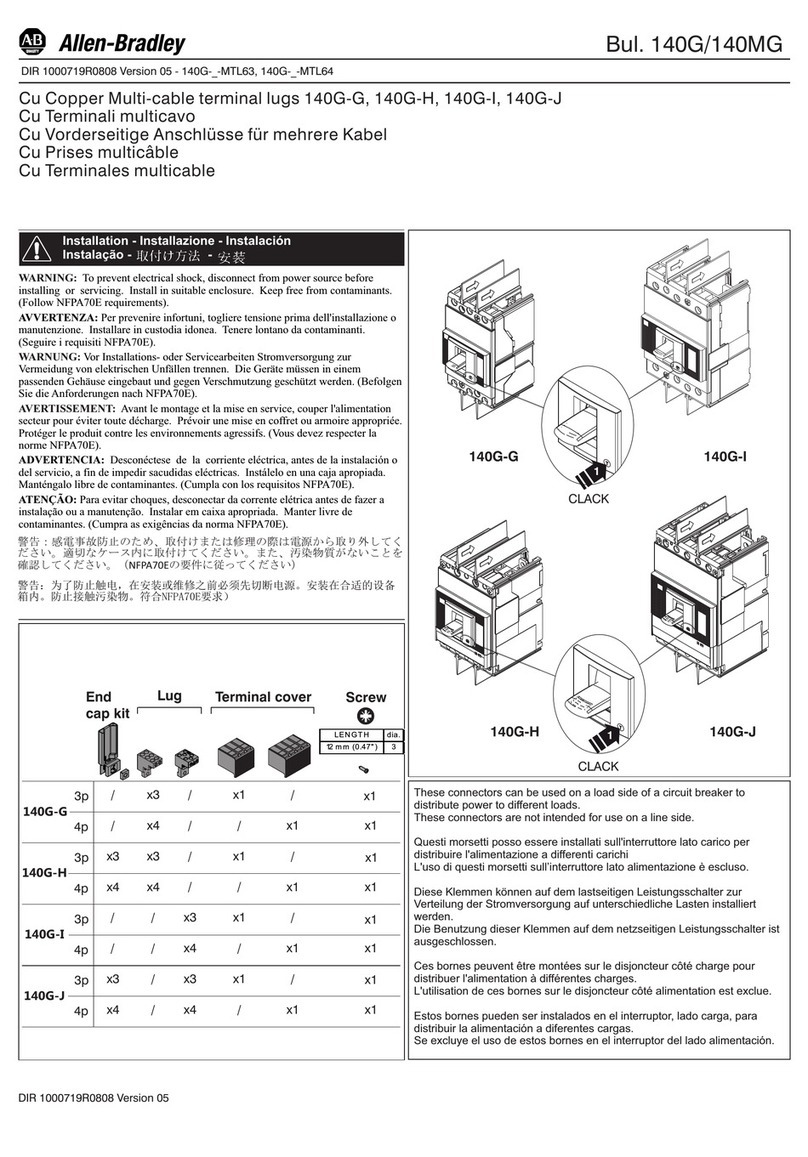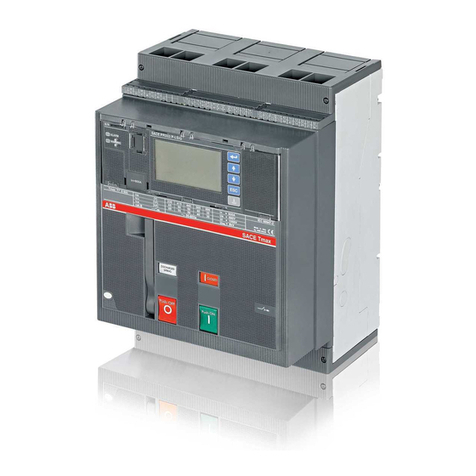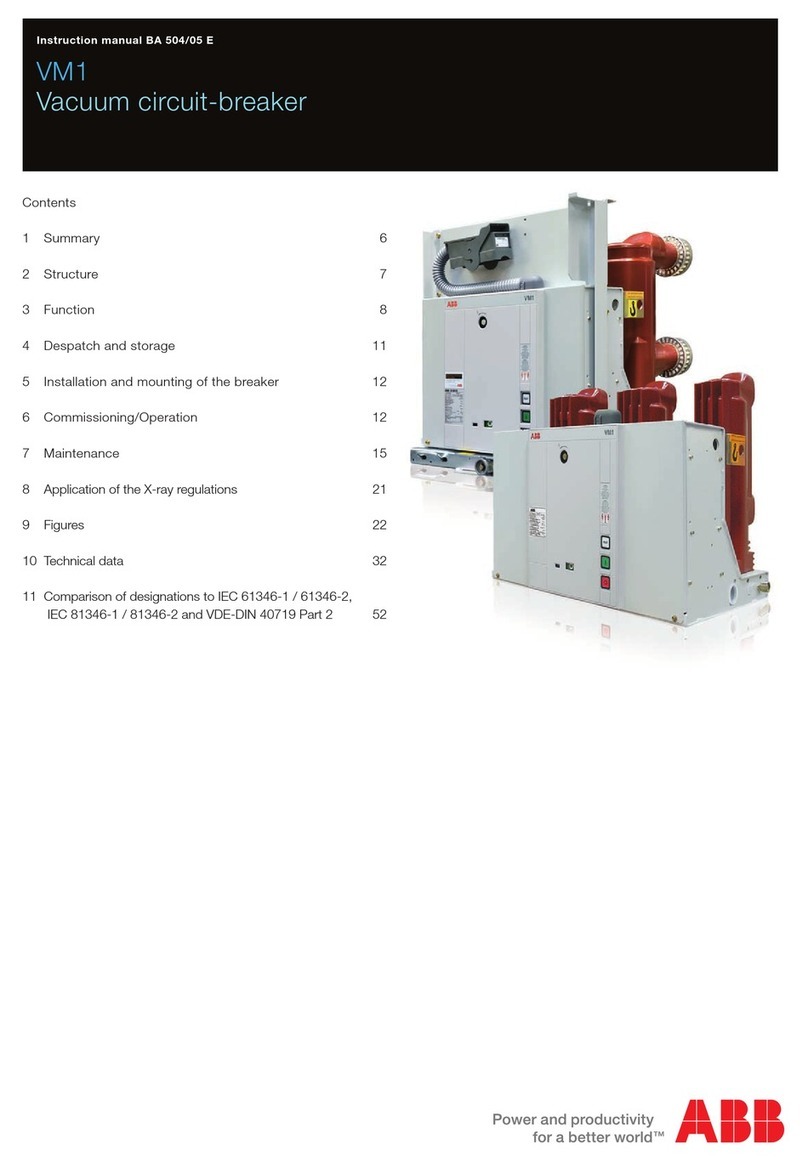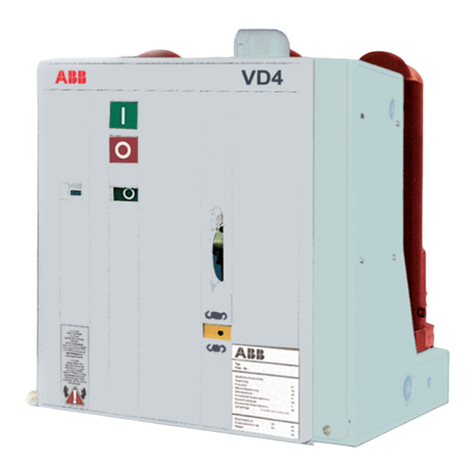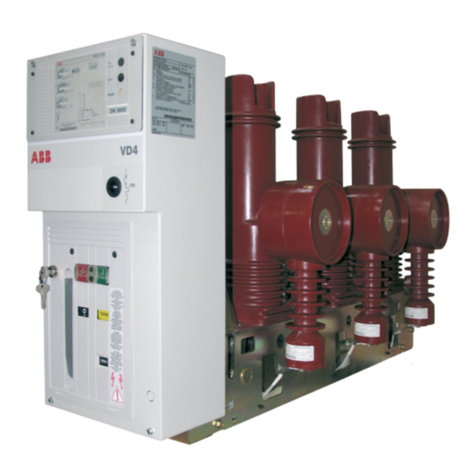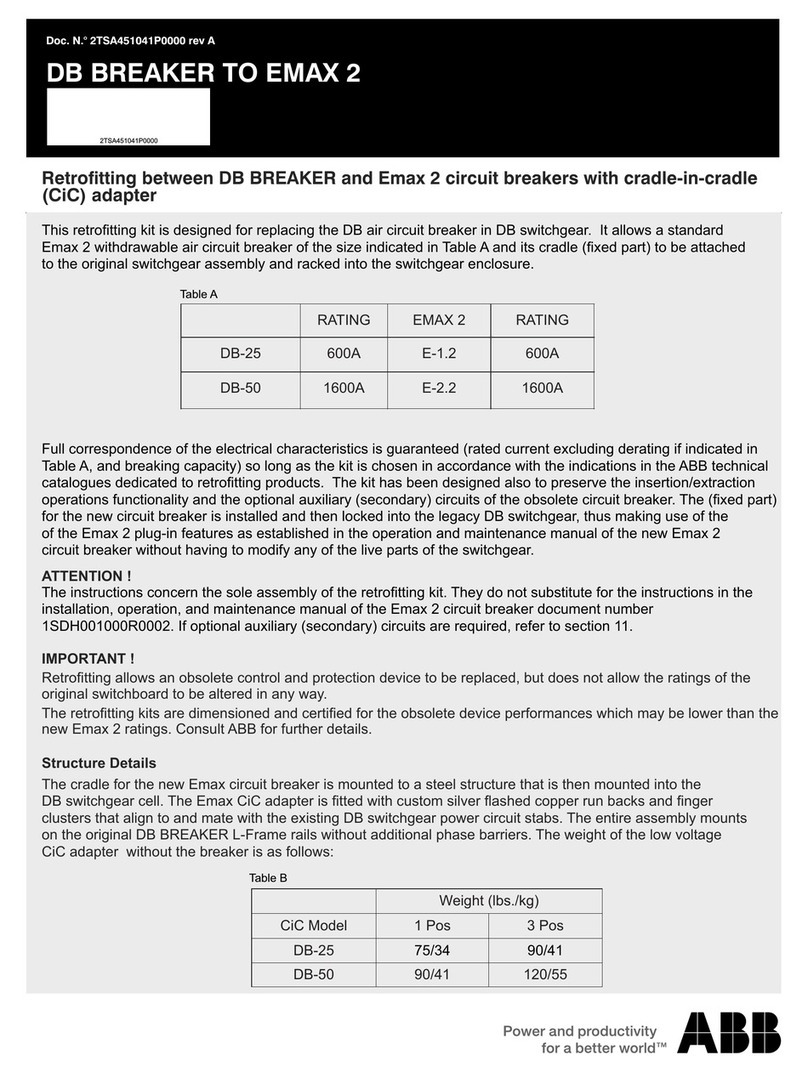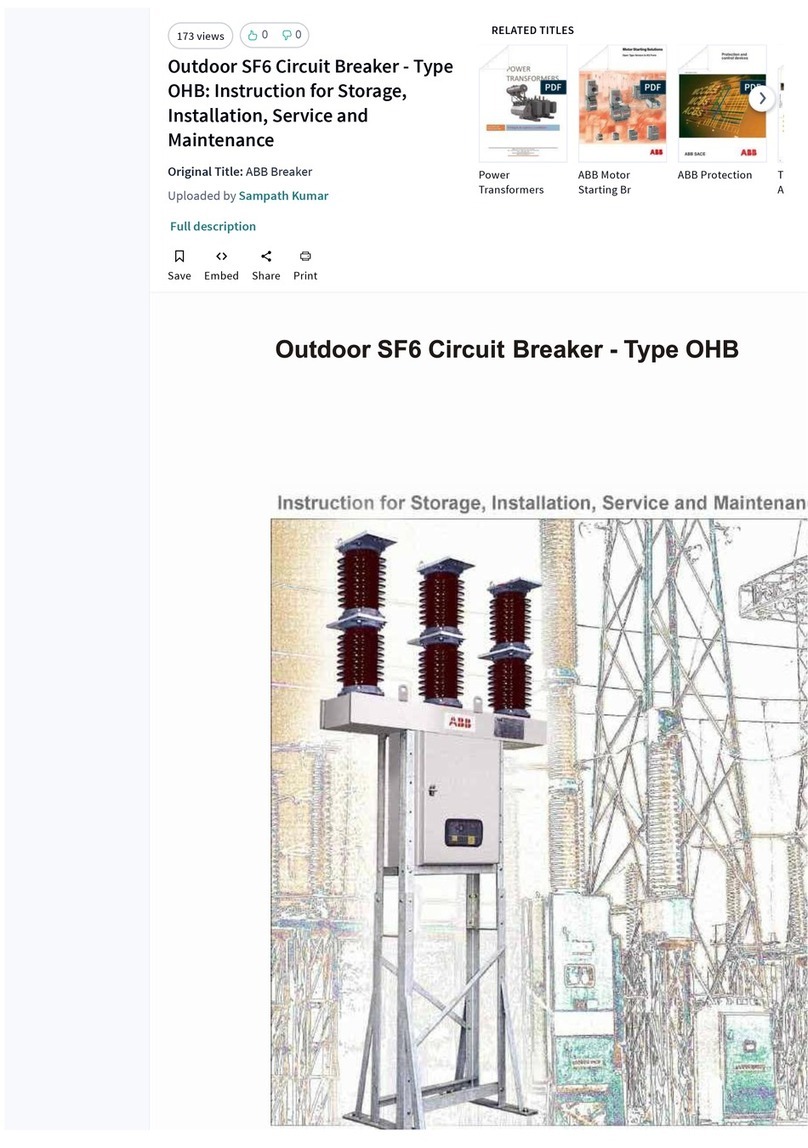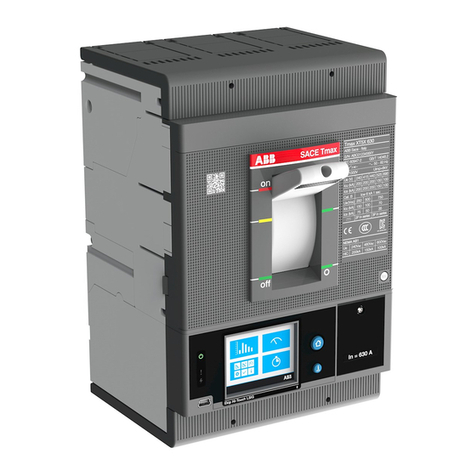
1. Disclaimer........................................................................................ 4
2. Introduction...................................................................................... 5
2.1. Improvement Policy................................................................. 5
2.2. Notice....................................................................................... 5
2.3. Standards and Regulations ..................................................... 5
3. Product Description ......................................................................... 6
3.1. Apparatus ................................................................................ 6
3.2. Identification........................................................................... 11
4. Safety Precautions ........................................................................ 13
4.1. Warning Notice...................................................................... 13
4.2. Personnel Requirements ....................................................... 13
5. Transport & Storage...................................................................... 14
5.1. Storage .................................................................................. 14
5.2. Transport ............................................................................... 15
5.3. Goods Acceptance and Visual Inspection............................. 15
5.4. Handling of transport damage ............................................... 15
6. Technical Data .............................................................................. 16
6.1. Electrical Data Pole ............................................................... 16
6.2. MABS Control Card ............................................................... 17
6.3. Weights and Dimensions....................................................... 23
6.4. Operating Conditions............................................................. 23
6.5. Torques for tightening screws and nuts................................. 23
6.6. Interfaces............................................................................... 23
7. Assembly & Commissioning.......................................................... 24
7.1. Unpacking the Material.......................................................... 24
7.2. Assembly / Installation........................................................... 24
7.3. Commissioning...................................................................... 27
8. Maintenance.................................................................................. 29
8.1. General.................................................................................. 29
8.2. Inspection .............................................................................. 29
9. Disposal......................................................................................... 32
10.Customer Service.......................................................................... 32
10.1. Procedure............................................................................ 32
10.2. Packaging ........................................................................... 32
10.3. Spare Parts ......................................................................... 33
11.Troubleshooting............................................................................. 33
12.Customer feedback file ................................................................. 35
ABB in the railways – Medium Voltage products
Product Family : FSK II S +
Operating and Maintenance Manual

